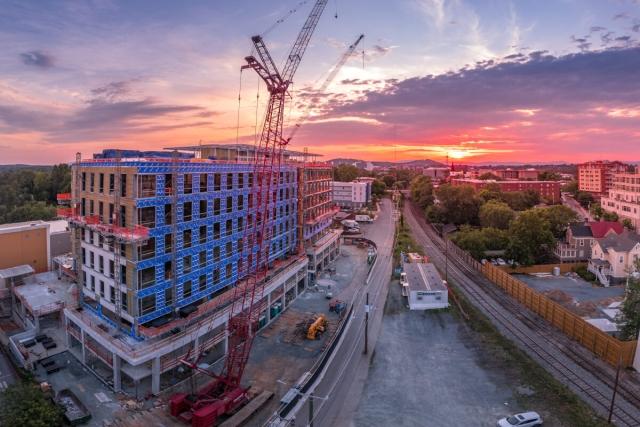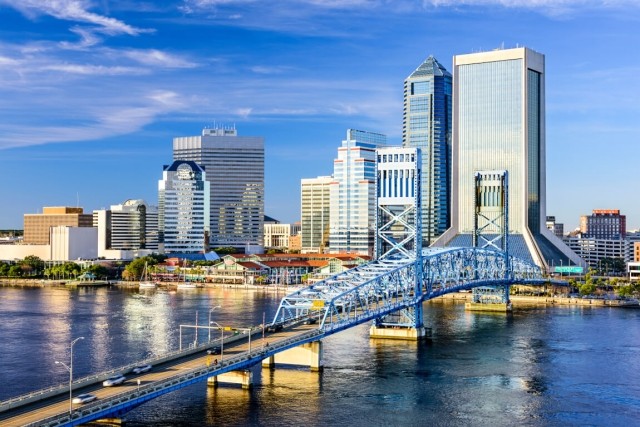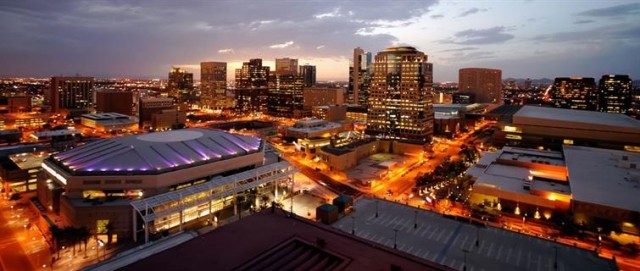Why Multifamily Construction Is Slowing Down in 2025 and What It Means for Renters
After years of rapid apartment construction that gave renters more options and leverage, the building boom is losing steam. Fewer projects are breaking ground, and the supply pipeline is thinning out. As new apartments slow to a trickle, renters could soon face tighter competition, rising rents, and limited choices. Here’s what’s driving the slowdown, and what it could mean for you.
Key Takeaways
- Multifamily permits and starts are dropping fast in 2025, with permits for five-unit-plus buildings down 10.8% year-over-year and starts falling 11% in August alone, according to U.S. Census Bureau data. Major Sun Belt cities like Austin (-97%), Fort Myers (-96%), and Houston (-90%) are seeing the sharpest declines.
- Despite the construction slowdown, rents are still low in some markets, but not for long. Apartments.com data shows average rents are down year-over-year in some cities, while others are already feeling the effects of the slowdown as shown by rent increases over the past year.
- Renters should brace for tighter markets: With fewer new units and steady or rising demand, renters can expect higher prices, fewer move-in concessions, and increased competition.
The Big Picture: Multifamily Construction Is Pulling Back
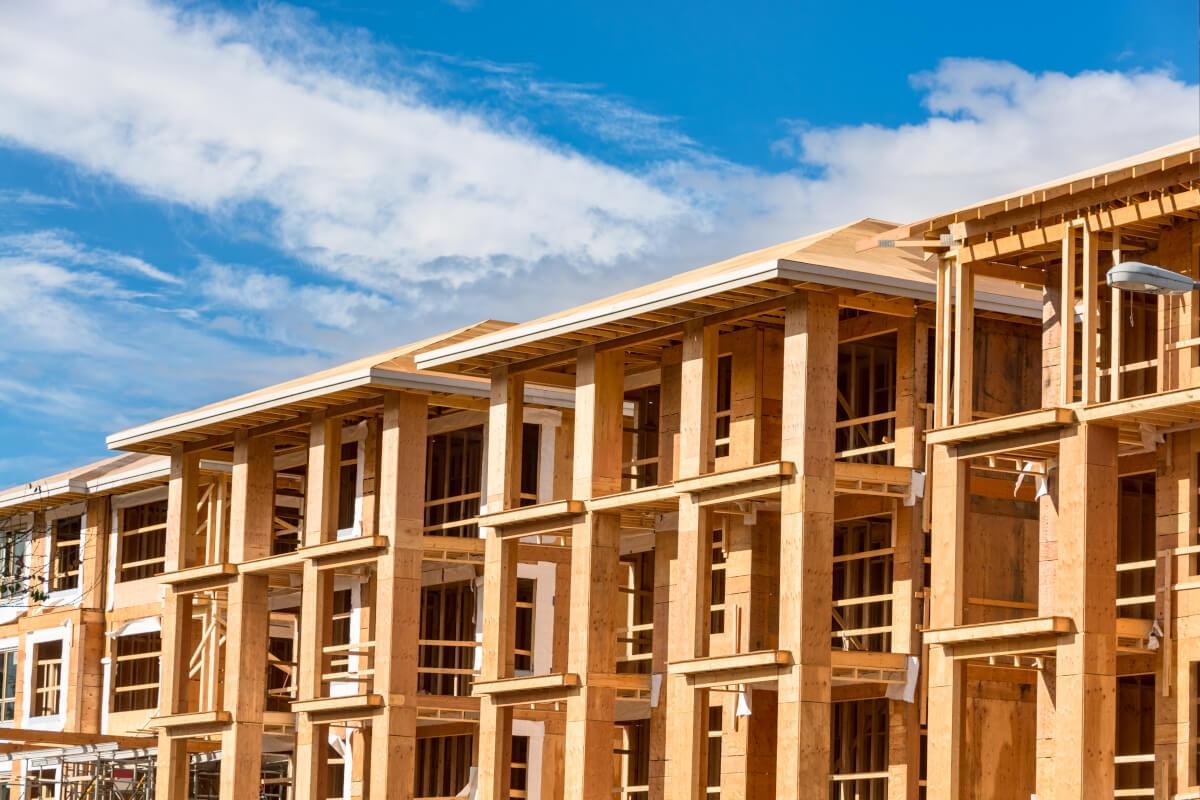
Methodology
In the past couple of years, wave after wave of new apartments have hit the market. With changes in the economic scenery, that supply wave is receding and giving way to a construction slowdown. To see how the multifamily construction is faring, the U.S. Census Bureau publishes the New Residential Construction report which looks at building permits, construction starts, under construction, and completions. To focus on apartment communities, all data is taken from the category of five units or more as of August 2025.
2025 data on the multifamily construction slowdown
Multifamily housing starts fell to 403,000 in August, an 11 percent drop from July. Fewer projects broke ground due to roadblocks and challenges impeding development. The slowdown extends across the pipeline as only 403,000 permits were issued. That is down 6.7 percent from July and 10.8 percent year-over-year. With fewer permits authorized, the pace of new apartment construction continues to weaken.
Deliveries and units under construction remain elevated as a result of the supply wave of projects that were financed and started before interest rates and other challenges rose. In August, there were 503,000 completions and 686,000 units underway. However, both of those numbers are a significant decrease compared to 2024. Completions dropped 28.7 percent while construction decreased 20.2 percent.
Why Is Multifamily Construction Slowing?
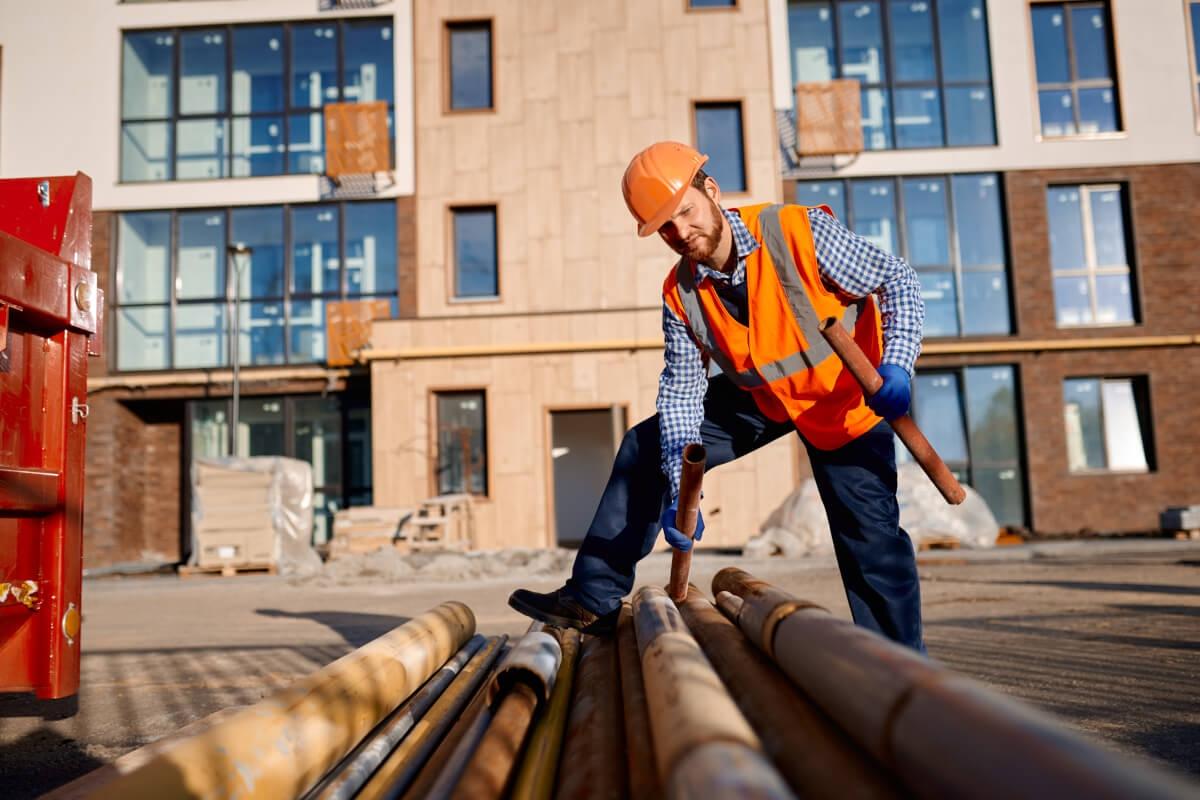
Knowing why multifamily construction is slowing can help you be prepared as a renter. There is no one reason but rather a combination of factors that are causing the decline. Depending on your location, different factors may be affecting the rental market more heavily compared to other cities.
Slowing and uncertain economy
When the economy slows, apartment construction typically does too. Developers become more cautious about starting new projects and have less confidence in the market. Many builders wait for better economic conditions before moving forward with new multifamily developments.
High supply
Developers are waiting for recently completed apartments to taper off before starting any new projects. Since the market is currently oversaturated, developers want to wait until there is less competition.
Difficulty financing projects
Financing is difficult during favorable economic conditions, but it becomes a minefield during harder times. High interest rates cause everything to become more expensive, increasing development costs and reducing profit. As a result, developers delay construction until interest rates and lending conditions improve.
Increased material costs
Apartment communities cannot be built without materials, and the climbing prices for those essentials make projects more expensive due to changing economic policies, like tariffs.
Where the Slowdown Is Most Severe

The slowdown is most pronounced in the Sun Belt as seen by the steep drop in 2025 permits. According to U.S. Census Bureau data, eight of the ten metros with the steepest year-over-year declines (August 2024 to August 2025) are in the Sun Belt. The notable outliers are New York and Chicago.
|
City |
August 2024 Permit for Buildings with Five or More Units |
August 2025 Permit for Buildings with Five or More Units |
Difference |
Percentage Difference |
|
Austin |
1588 |
41 |
-1547 |
-97% |
|
Houston |
1473 |
144 |
-1329 |
-90% |
|
Phoenix |
1281 |
246 |
-1035 |
-81% |
|
New York |
3461 |
2580 |
-881 |
-25% |
|
Atlanta |
1098 |
336 |
-762 |
-69% |
|
San Antonio |
695 |
56 |
-639 |
-92% |
|
Chicago |
983 |
380 |
-603 |
-61% |
|
Raleigh |
1555 |
972 |
-583 |
-37% |
|
Knoxville |
657 |
128 |
-529 |
-81% |
|
Fort Myers |
492 |
20 |
-472 |
-96% |
Methodology
To find the cities where the slowdown is most pronounced, we used the Building Permits Survey by the U.S. Census Bureau and looked at the areas that had the largest decrease from August 2024 to August 2025.
Austin
Austin’s multifamily construction market flipped dramatically in 2025. In May, the city was among the nation’s leaders in new permits with an increase of 929 permits year-over-year. The trend quickly reversed, with just 41 permits issued in August; that’s down 1,588 compared to 2024, a 97 percent drop.
Despite the slowdown in permitting, rents have yet to increase. Apartments.com reports the average rent in Austin is $1,394 a month, which is a 3.6 percent decrease over the past year. As the supply recovers due to the limited construction, CoStar Group expects rents to start growing.
Houston
Just like Austin, the construction pipeline in Houston is cooling after a period of heightened activity. 1,473 permits were issued in August 2024 but only 144 in August 2025, a 90 percent drop. This plummeting number signals a significant pullback in new developments.
Since the construction wave from prior years is still adding inventory, rents are only now beginning to react. According to Apartments.com, the average rent in Houston is $1,186 a month, slightly lower year-over-year. As the large amounts of supply continue to be delivered, rents should continue dropping until it catches up with demand.
Phoenix
Phoenix had high levels of construction and permitting over the past couple of years. In 2024, 1,281 permits were granted in August while only 246 were handed out in 2025. That is a difference of 1,035, or a decrease of 81 percent.
The surge in recent supply has kept rents decreasing since mid-2022. The current average rent is $1,295 per month, down 3.9 percent year over year, according to Apartments.com. As new projects taper off and existing inventory is absorbed, rent prices may start growing.
New York
New York issued 2,580 permits in August 2025, well above most metros, but down 25 percent from the 3,461 granted in the same month in 2024. Even modest declines in construction can amplify the city’s housing issues, leading to already high rents climbing even more.
The city hasn’t recorded negative annual rent growth since 2020-2021 and remains one of the most expensive cities in the U.S., with an average rent of $4,030 a month. With the high permitting activity in the past couple of years, the supply additions could help moderate rent increases. However, with the recent decrease in permits, strong demand, and changing housing policies and politics, New York’s future could change.
Atlanta
Atlanta has been a hub for multifamily development over the past several years, with annual permits consistently exceeding 10,000:
- 2022: 21,288
- 2023: 14,227
- 2024: 13,955
From January to August 2025, only 6,613 permits have been granted, down from 9,650 issued in the same period in 2024. Monthly activity has also slowed considerably with just 336 permits issued in August, a 69 percent drop from August 2024 and 61 percent below July levels.
The average rent in Atlanta is $1,613 a month. While rents declined earlier this year as new supply entered the market, they have already begun to rise due to the slowdown with a 0.6 percent increase over the past year. These rent increases suggest that the construction slowdown is already affecting the city, and rents should continue growing in the near future.
What This Means for Renters

In markets that have a surplus of supply that is now slowing down, renters will soon see a vastly different landscape.
More competition
Since there are fewer apartments available, the vacancy rate will be lower, meaning the number of available apartments for renters to choose from will be less, increasing competition.
Higher rent prices
In oversaturated markets, where there are more apartments than renters, landlord have to compete with each other to fill vacancies. To do this, they offer lower rents.
However, when there are fewer apartments being built and completed, landlords don’t face as much competition. This decreased supply-side pressure gives them the power to raise rents.
Fewer lease concessions
In cities with high apartment vacancies, concessions are a tool landlords use to attract renters to their property over other ones. But when there’s no competition, renters will see fewer and less favorable concessions.
What Renters Can Do Now

The rental market is always fluctuating. Sometimes it’s more in favor of landlords and other times it leans towards renters. Navigating these ups and downs can be challenging, but the right approach can make all the difference.
Start your search early
Start your apartment search a couple of months before your move-in date, so you have plenty of time to compare communities, locations, and rents. This allows you to make a well-thought-out decision instead of panic renting at higher prices.
Compare lease lengths
If you love where you live, then you could lock down a longer lease term. This will keep your rent at the same price for the length of the lease, regardless of market conditions. Landlords often offer lower monthly rates for longer leases too.
Revisit your living situation
Combat rising rents and increased competition by being flexible on your living situation. Look for roommates, consider short-term rentals, or check out more affordable neighborhoods. Concede a couple of your most desired amenities in exchange for location or a better price. Focusing on these tips now can get you set up before the market changes.
Consider renting from a private landlord
Private landlords are individuals who rent out property they own. They often handle all aspects of the rental process themselves. Unlike apartment communities managed by property management companies, private landlords sometimes get less exposure as they don’t have the same type of resources. So, you might not be facing the same crowds of competition as you would with a typical apartment community.
In addition to that, private landlords are often more willing to negotiate pricing and lease terms, helping you get a rental that is more favorable to you.
Stay ahead of rent changes on Apartments.com
Keep up with the latest rent trends and market shifts in your area. Use Apartments.com Rent Trends to track how prices are moving and compare averages across neighborhoods. Whether you’re renewing or searching for your next apartment, staying informed helps you make a confident decision.
FAQs
Are apartment prices going down?
According to the September Rent Report by Apartments.com, the rental market is calm right now before it picks back up during spring. Rent prices are supposed to drop slightly by the end of 2025 before rising in 2026. When looking at rent year-over-year, the average rent in the U.S. of $1,631 a month has risen 0.7 percent.
What time of year are apartments the cheapest?
If you’re looking for a deal, there are particular times of the year you can aim to move during. Winter is usually when you see the lowest rates as few people move during that season. However, you will have to contend with the weather and holidays.
Where are rents dropping?
Rent decreases are primarily happening in Sun Belt and West Coast states. This includes Boulder, Naples, Fort Myers, and more.


